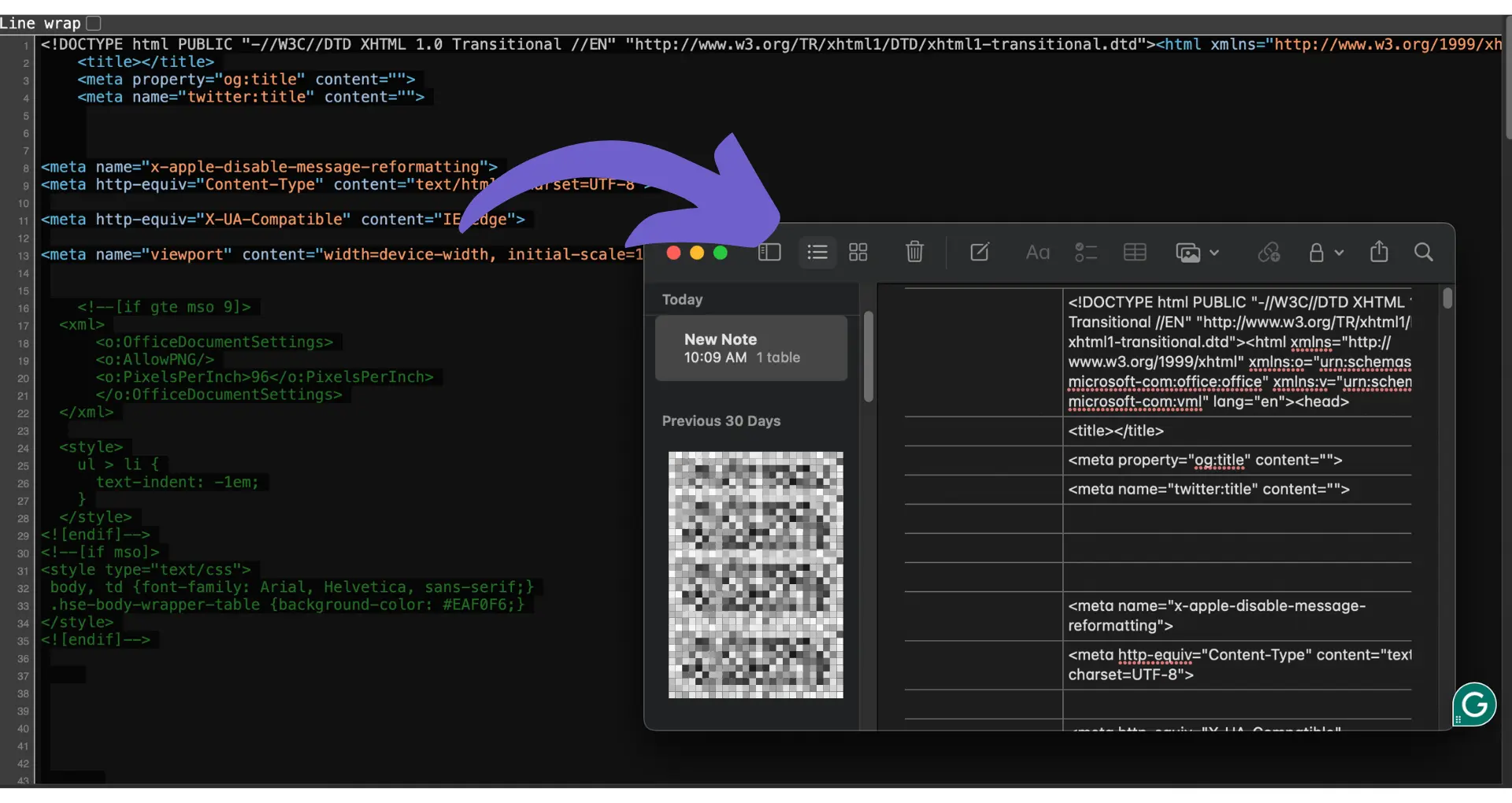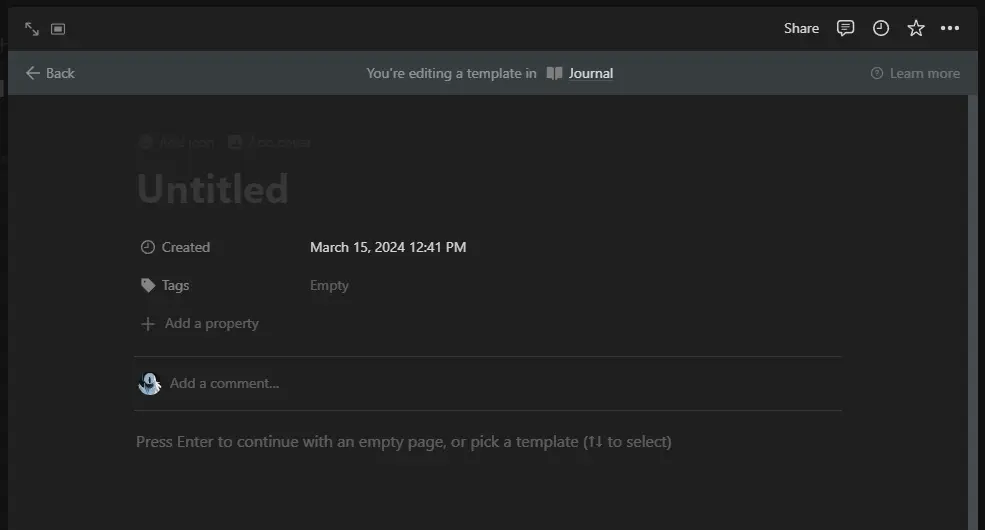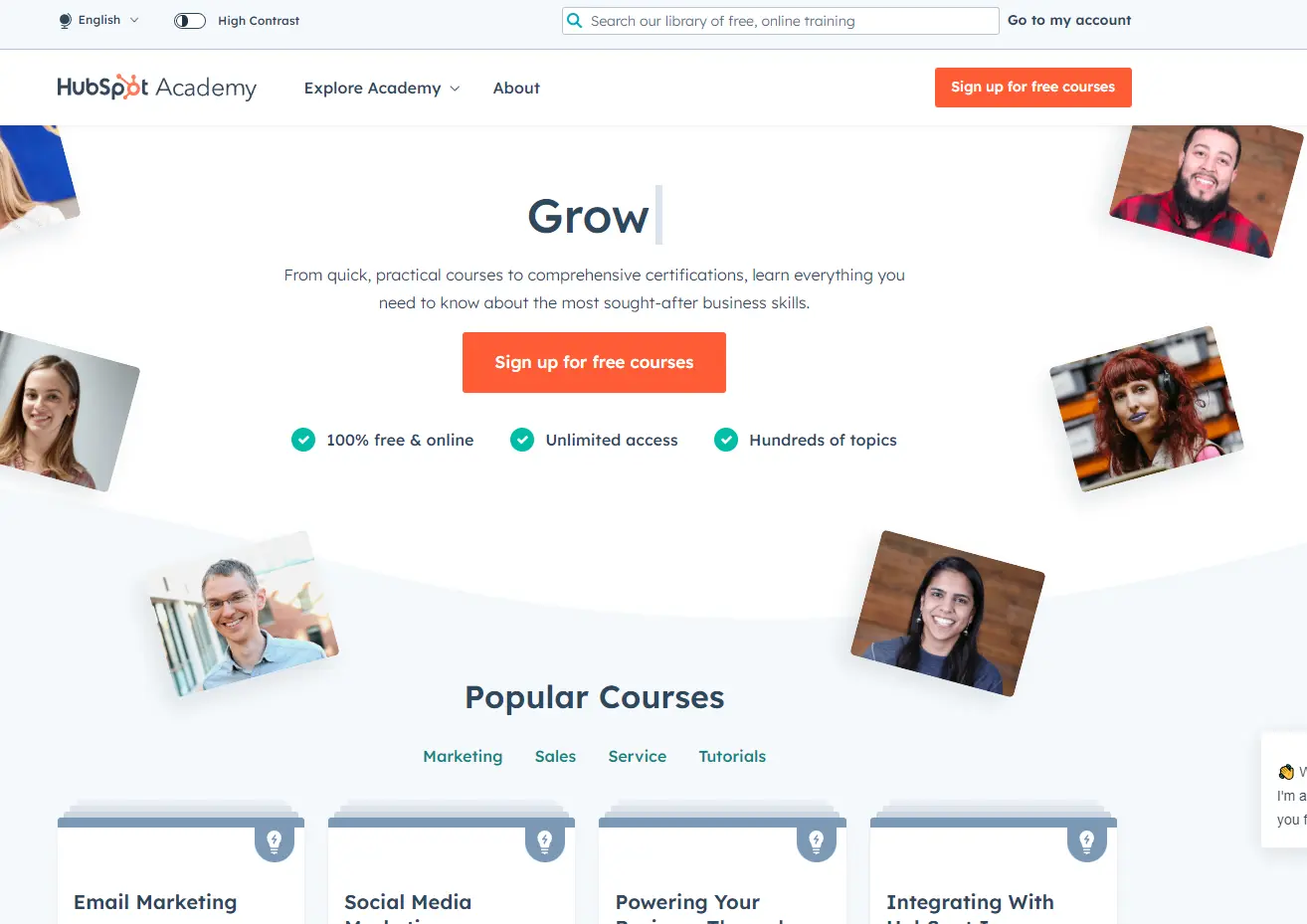Adding a dropdown menu to your HubSpot form is a simple way to provide multiple options for your users while keeping your form organized and user-friendly. In this step-by-step guide, we'll walk you through the process of setting up a dropdown menu in your HubSpot form, from creating the form to customizing the dropdown options. We'll also cover best practices for using dropdown menus effectively and troubleshoot common issues you may encounter along the way.
Understanding HubSpot Forms and Dropdown Menus
HubSpot forms are an essential tool for capturing leads and collecting data from your website visitors. These forms can be customized to fit your specific needs, allowing you to gather the information most relevant to your business. One key feature of HubSpot forms is the ability to add dropdown menus, which provide a neat and user-friendly way to present multiple options to your users.
Dropdown menus are particularly useful when you have a list of predefined options for your users to choose from, such as a list of countries, industries, or product categories. By using a dropdown menu, you can keep your form organized and easy to navigate, while still allowing your users to select the most appropriate option for their needs. Sales prospecting tools can also be integrated to gather and analyze data efficiently.
In this guide, we'll walk you through the process of adding a dropdown menu to your HubSpot form, from setting up your form to customizing your dropdown options. We'll also cover best practices for using dropdown menus effectively and troubleshoot common issues you may encounter along the way.
Setting Up Your HubSpot Form
To start adding a dropdown menu to your HubSpot form, you first need to access the form editor within the HubSpot interface. Here's how:
- Log in to your HubSpot account and navigate to the Marketing tab.
- Click on "Lead Capture" and then select "Forms" from the dropdown menu.
- You will now see a list of your existing forms. To create a new form, click the "Create form" button in the upper right corner. To modify an existing form, hover over the form and click the "Edit" button that appears.
Once you are in the form editor, you can begin customizing your form and adding fields, including dropdown menus. The form editor provides a user-friendly interface that allows you to drag and drop fields, adjust layouts, and set field properties.
If you are creating a new form, you'll need to set up the basic form properties such as the form name, submit button text, and thank you message. If you are editing an existing form, review these settings to ensure they align with your current needs. For more advanced tips, consider checking out prospect list building strategies to optimize your forms for lead capture.
Save time on lead generation by using Bardeen to automate sales prospecting. Focus on important tasks while automating repetitive ones.
Understanding HubSpot Forms and Dropdown Menus
HubSpot forms are powerful tools for capturing leads and collecting valuable data from your website visitors. They provide an easy way to gather contact information, preferences, and other details that can help you better understand and engage with your audience.
The basic structure of a HubSpot form consists of various fields, such as name, email, phone number, and company name. These fields can be customized to fit your specific needs and can be marked as required or optional.
Dropdown menus are a type of form field that allows visitors to select one option from a list of pre-defined choices. They are particularly useful when you have a set of mutually exclusive options or when you want to provide a neat, organized way for visitors to input their preferences or categorize themselves.
Some key benefits of using dropdown menus in your HubSpot forms include:
- Keeping your form concise and clutter-free
- Ensuring data consistency by limiting the possible responses
- Making it easier for visitors to complete the form quickly
- Simplifying the data analysis process on the back end
By incorporating dropdown menus strategically in your HubSpot forms, you can create a user-friendly experience that encourages more visitors to complete your forms and provide the information you need to nurture leads effectively and grow your business.
Adding a Dropdown Menu to Your Form
To add a dropdown menu to your HubSpot form, navigate to the form editor and click on the "Add form field" button. From the list of available field types, select "Dropdown select".
Once you've added the dropdown field to your form, you can customize it by clicking on the field itself. This will open the field settings panel on the left side of the screen.
In the field settings, you can:
- Change the field label and add help text
- Mark the field as required
- Add, remove, or rearrange the dropdown options
- Set a default selected option
To add a new dropdown option, simply click the "Add option" button and enter the option label. You can rearrange the order of the options by dragging and dropping them within the list.
If you need to remove an option, hover over it and click the trash can icon that appears on the right side.
After customizing your dropdown menu, don't forget to save your changes by clicking the "Save" button at the top right corner of the form editor.
By utilizing dropdown menus in your HubSpot forms, you can provide a user-friendly way for visitors to select from a predefined list of options, while also ensuring data consistency and simplifying the analysis process on the back end.
Need a quicker way to manage form data? Try this playbook for automating form inputs with Bardeen and save hours of work.
Utilizing Dependent Dropdown Menus
Dependent or conditional dropdown menus in HubSpot forms allow you to create a more dynamic and personalized experience for your users. These menus change based on the user's previous selections, streamlining the form-filling process and ensuring more relevant data is collected.
To set up dependent dropdown fields in your HubSpot form:
- In the form editor, add a dropdown field that will serve as the "parent" field.
- Add a second dropdown field that will be the "child" field, dependent on the first.
- Click on the child field and navigate to the "Field dependencies" tab in the left sidebar.
- Select the parent field from the dropdown menu under "Add a dependency."
- Map the appropriate child field options to each parent field option.
For example, you might have a parent dropdown for "Country" and a child dropdown for "State/Province." The options in the "State/Province" dropdown would change depending on which country the user selects. Using AI and automation can also help streamline this process.
Some best practices to keep in mind when using dependent dropdowns:
- Keep the number of dependencies reasonable to avoid overwhelming users.
- Ensure that all possible combinations of parent and child fields are accounted for.
- Test your form thoroughly to confirm the dependencies are working as intended.
By implementing dependent dropdown menus in your HubSpot forms, you can create a more engaging and efficient data collection process while also gathering more accurate and relevant information from your users.
Best Practices for Dropdown Menu Options
When creating dropdown menus for your HubSpot forms, it's essential to follow best practices to ensure a user-friendly experience and improve form completion rates. Here are some tips for effectively using dropdown menus:
- Keep the number of options manageable. Aim for no more than 10 options per dropdown to avoid overwhelming users.
- Use clear and concise labels for each option. Avoid jargon or ambiguous terms that may confuse users.
- Group related options together. If you have a large number of options, consider organizing them into logical categories or groups.
- Place the most commonly selected options at the top. This makes it easier for users to find the option they need quickly.
- Avoid using "Select" or "Choose" as the default option. Instead, use a more descriptive label that prompts users to make a selection.
In addition to these best practices, it's crucial to keep your dropdown menus manageable and user-friendly. Overly complex or lengthy dropdown menus can lead to user frustration and lower form completion rates. To improve the user experience:
- Only use dropdown menus when necessary. If you have a small number of options, consider using radio buttons or checkboxes instead.
- Test your form with real users to identify any pain points or areas of confusion.
- Monitor form analytics to track completion rates and identify any dropdown menus that may be causing issues.
By following these best practices and continuously optimizing your dropdown menus, you can create a more user-friendly form experience that encourages higher completion rates and better data quality. For more on improving form conversion, check out our guide on cold outreach strategies.
Use Bardeen's no-code tools to automate tasks and save time, allowing you to focus on more important aspects of your projects.
Troubleshooting Common Dropdown Menu Issues
Even with careful planning and implementation, you may encounter issues with your dropdown menus in HubSpot forms. Here are some common problems and their solutions:
- Dropdown menu not appearing: Ensure that you have correctly configured the field type as a dropdown menu in the form editor. Double-check that the menu options are properly defined and saved.
- Options not saving: If you're having trouble saving your dropdown menu options, try refreshing the form editor page and re-entering the options. Make sure you click "Save" after making any changes.
- Dropdown menu not working on mobile: HubSpot forms are designed to be responsive, but in some cases, dropdown menus may not function properly on mobile devices. Ensure that your form is optimized for mobile and that any custom CSS or JavaScript is not interfering with the dropdown functionality.
If you encounter any other issues, consider the following troubleshooting steps:
- Check the HubSpot Knowledge Base for articles related to your specific problem.
- Review your form's settings and double-check that all configurations are correct.
- Test your form on multiple devices and browsers to identify any browser-specific issues.
- Reach out to HubSpot support for further assistance if the issue persists.
Frequently Asked Questions
- Can I change the order of options in a dropdown menu? Yes, you can easily rearrange the order of options by dragging and dropping them within the form editor.
- Is there a limit to the number of options I can include in a dropdown menu? While there is no strict limit, it's best to keep the number of options manageable to avoid overwhelming users. Consider using a multi-select dropdown or checkbox field for longer option lists.
- Can I conditionally display dropdown menu options based on other form fields? Yes, HubSpot's dependent fields feature allows you to create conditional dropdown menus that display options based on a user's previous selections.
By familiarizing yourself with these common issues and solutions, you'll be better equipped to handle any challenges that may arise when working with dropdown menus in your HubSpot forms.






